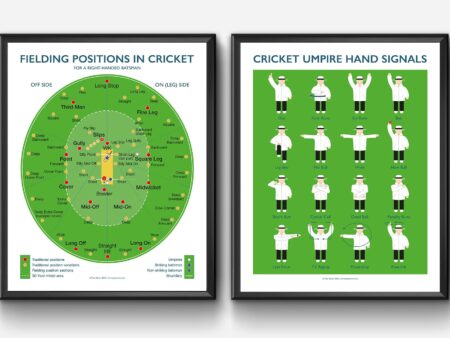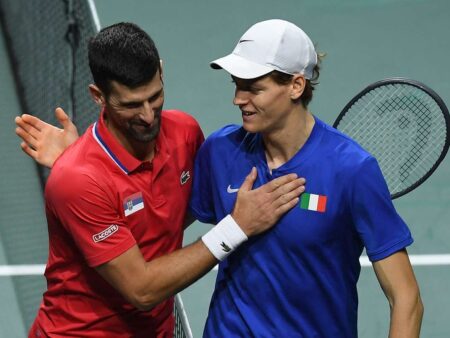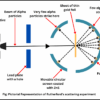
The Transfer Window: A Necessary Mechanism
The concept of a transfer window, where clubs are permitted to buy and sell players, wasn`t always a feature of football. Its implementation was primarily to bring stability to leagues, prevent mid-season squad overhauls, and protect players from perpetual uncertainty. It ensures that once the season is underway, teams generally operate with a settled roster, fostering fairer competition and allowing managers to focus on tactics rather than constant personnel changes.
However, this structured approach inevitably creates intense pressure points, none more so than deadline day. It`s a day when logic often takes a backseat, and desperation can inflate prices to staggering levels. The irony is palpable: months of planning often come down to a few breathless hours of back-and-forth, with fax machines (or more modern equivalents) working overtime.
The Global Game, Synchronized Chaos (Mostly)
While football is a global sport, its transfer market operates on a system of varying deadlines. Europe`s top leagues often attempt a degree of synchronization, aiming to prevent unfair advantages where one league`s clubs might still be able to sign players after another`s window has shut. Yet, even within this coordinated effort, minor discrepancies arise, creating unique opportunities and challenges.
European Giants: The Countdown to September 1st, 2025
For the elite European leagues, September 1st, 2025, marks the critical date. Most will conclude their summer business in unison, drawing a line under a period that often begins shortly after the previous season ends. Clubs that conduct their business early, like Manchester City or Real Madrid in recent windows, often benefit from integrating new players during preseason. Others, perhaps like Tottenham Hotspur, frequently find themselves in a late scramble, hoping to pull off deals just as the clock hits zero.
Here are the key closing times for Europe`s major leagues on Monday, September 1st, 2025:
- Premier League (England): 2 p.m. ET
- Serie A (Italy): 2 p.m. ET
- Bundesliga (Germany): 2 p.m. ET
- Ligue 1 (France): 2 p.m. ET
- LaLiga (Spain): 5:59 p.m. ET (a slight extension, providing a few more hours of Spanish drama)
This synchronized closure ensures a level playing field among these interconnected leagues, preventing a situation where a club in one country could raid another`s talent pool after their buying window has closed.
Beyond the European Horizon: Varied Calendars and Emerging Markets
Not all leagues align with the European schedule, often due to differing domestic season calendars or strategic market positions. These staggered deadlines can be crucial, offering clubs in later-closing markets additional time to strengthen their squads, or providing selling opportunities for European teams with players who couldn`t find a move before their own deadline.
- Major League Soccer (MLS): The summer window for MLS typically closes earlier, having concluded on August 21st for the current period. This reflects its different season structure, which runs from spring to autumn.
- Liga MX (Mexico): Mexican football operates on a slightly later schedule, with its summer window closing on September 13th. This provides a valuable extended period for transfers in North America.
- Saudi Pro League (Saudi Arabia): The Saudi Pro League, an increasingly prominent player in the global transfer market, maintains its window until September 11th. This later closure has allowed Saudi clubs to pursue high-profile talents even after European deadlines have passed, adding another layer of intrigue to the market.
- Süper Lig (Turkey): Similarly, the Turkish Süper Lig extends its transfer activities until September 12th.
The FIFA Club World Cup 2025: A New Variable
The 2025 summer transfer window carried an additional layer of complexity due to the new format of the FIFA Club World Cup. This expanded tournament prompted FIFA to allow an early registration window (June 1st to June 10th) for participating European teams. This strategic tweak aimed to give clubs ample time to register new players specifically for the global competition, subtly influencing some teams to expedite their transfer dealings earlier in the summer rather than leaving it all to the very last minute.
The Free Agent Loophole: A Different Kind of Deal
One notable exception to the strictures of the transfer window concerns free agents. Players who are not registered with any club are still permitted to sign with a team even after the window has closed. This “hidden market” provides clubs with a valuable avenue to pick up unattached talent or address emergency squad needs without the deadline pressure. It’s a testament to football`s continuous evolution, always finding a way to keep the player movement flowing, albeit through different channels.
Conclusion: The Dawn of a New Squad
As the final moments of the 2025 summer transfer window approach, the football world holds its breath. Squads are finalized, ambitions are set, and the strategic chess match of recruitment concludes. For some, it will be a window of triumph; for others, a source of lingering regret. But regardless of the outcomes, deadline day remains a captivating reminder of football’s blend of passion, commerce, and relentless pursuit of success. The next chapter, with these newly assembled teams, is just about to begin.








